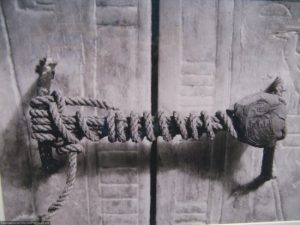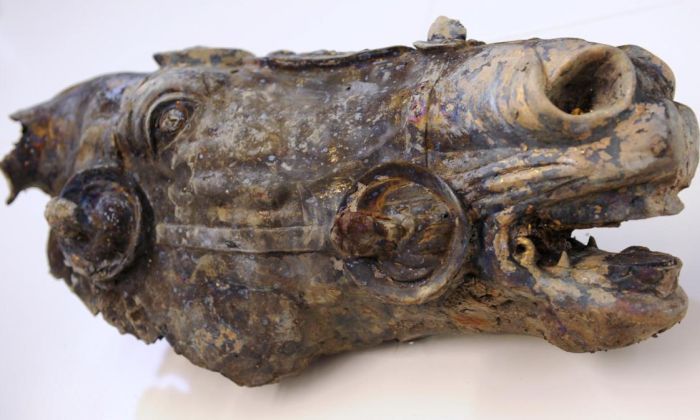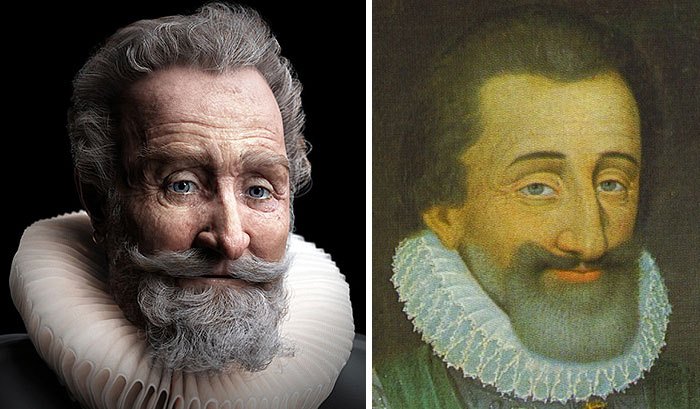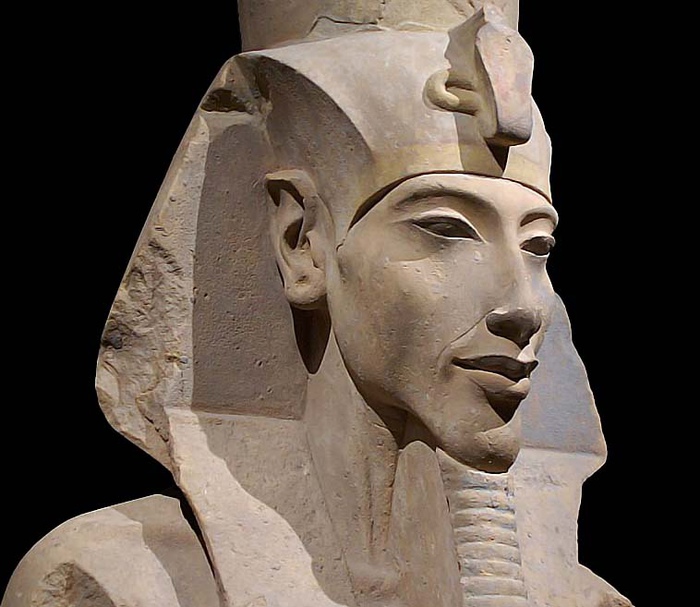10 strangest archaeological finds
 During the excavations, archaeologists first of all pay great attention to the discovered antiquities – be it dusty clay fragments or luxuriously painted frescoes. But on the surface of the found antiquities, sometimes no less interesting finds can be found which can tell no less about the days gone by than the artifacts themselves.
During the excavations, archaeologists first of all pay great attention to the discovered antiquities – be it dusty clay fragments or luxuriously painted frescoes. But on the surface of the found antiquities, sometimes no less interesting finds can be found which can tell no less about the days gone by than the artifacts themselves.
1. Smiling pot
Not so often an ancient potter with a sense of humor. When archaeologists dug up a 4,000-year-old pot, he “smiled” at them. In 2017, when in Turkey near the Syrian border, on excavations that have been going on for 7 years, they discovered another broken pot, it seemed that there was nothing unusual in it. But when the restoration team gathered the fragments in a big pot-bellied pot, she noticed something very familiar to modern people – a smiley.
Around 1700 BC someone squeezed a pair of eyes in wet clay and emphasized them with a “smile”. A white vessel with a single handle, which was used for eating sherbet, is today considered the oldest emoticon in history. The place where they found him is called Karkamis, and it once belonged to the Hittites.
2. Paleonore
In the 2000s, Brazilian geologists began to find strange caves. Most of them were long arched tunnels with perfectly flat floors, which merged into complex underground networks of chambers and aisles. All signs indicated that these caves were not created by any natural geological process. But what made the whole network of such huge tunnels and caves, in which people can walk to their full height?
The solution was suggested by the deep grooves found on the ceilings and walls, which, after a closer examination, turned out to be ancient claw marks. But it really makes it all strange scale of the so-called “Paleonor”. They are huge, even for extinct giant sloths or armadillos, who are considered the most likely creators of these structures.
The largest burrow was found in the state of Rondônia. The total length of its walkways was 610 meters, with the tunnels being 1.8 meters high and 1.5 meters wide. To create only this hole, it took to dig 4,000 meters of cubic rock. There is not the slightest explanation why animals needed such complex shelters or why there are no similar holes in North America, although thousands of years ago giant sloths and armadillos also lived there.
3. Resin in the burial ground
A 27-meter ship was excavated near the Debins River in England and was used as a tomb. In fact, this discovery occurred eight decades ago at Sutton Hoo, an ancient cemetery, which is considered one of the most important graves in the UK. As scientists assume, the ship with precious metals and stones is the tomb of King Redwald, who died in 624 or 625 AD.
The most intriguing was the black substance found throughout the boat. Initially it was thought that this waterproofing agent. But, thanks to the best technologies that became available in 2016, repeated tests showed an unexpected result. The resinous material was a rare type of bitumen that is found exclusively in the Middle East. But what this bitumen was doing on the ship is not clear. Perhaps it was exported at that time.
4. Sarcophagus prints
In 2005, the restoration team worked on an Egyptian sarcophagus at the Cambridge? Fitzwilliam Museum. The coffin belonged to a priest named Nespavershefitit, who died around 1000 BC. Suddenly, under the lid, they found the prints of the dirty fingers of an artisan who made the coffin 3,000 years ago.
For some reason, the ancient workers processed the inner lid before the varnish dried. As a result of such impatience, their prints are preserved for posterity. They were published only 11 years later in 2016, when an unusual “artifact” was included in the first major exhibition dedicated to Egyptian artists and how their styles evolved over more than 4,000 years.
5. Chrysocolla amulet
The Egyptians took the flowers seriously and gave each their own meaning and qualities. Researchers knew that green color symbolized growth, harvest and health in Egypt. It was important enough to place scarabs cut from a green stone next to the mummy’s heart. But no one suspected why the green color also occupied an important place when it came to Egyptian children. According to ancient records and hieroglyphs, young people even wore green makeup.
A recent discovery reveals that Egyptian parents believed that this color could protect their offspring. On examination of a baby mummy, a leather pouch with a bright green chrysocolla amulet was found on the body. When the child died 4,700 years ago, in Egypt, malachite was the most affordable green mineral. Chrysocolla was a rare commodity available only in the Sinai and East Egyptian desert.
A similar chrysocolla figurine depicting a boy supports the theory that a certain green mineral was used only by children.



